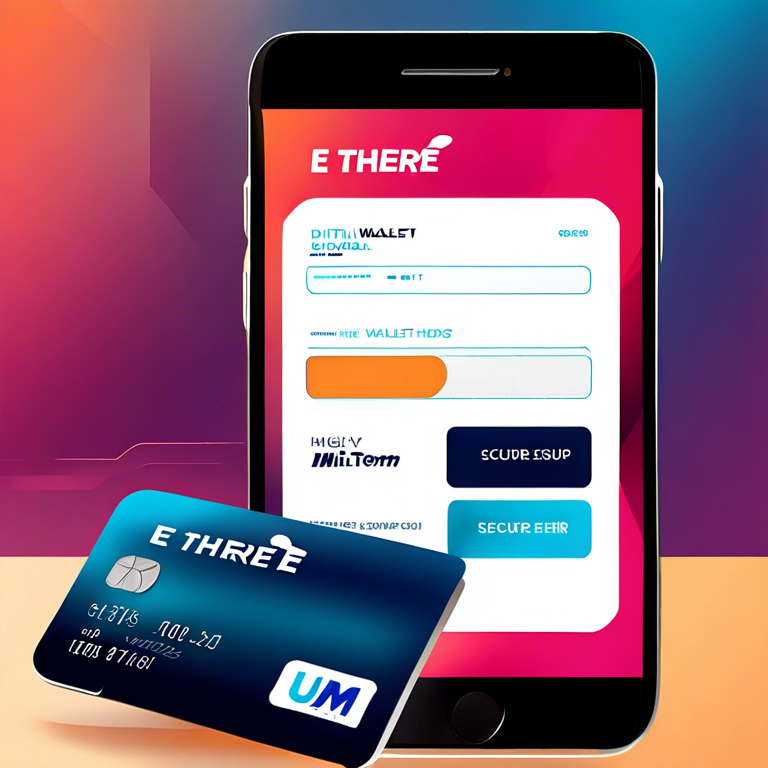Ethereum, a pioneering blockchain platform, has redefined the way we perceive digital transactions and smart contracts. With its own cryptocurrency, Ether (ETH
), Ethereum enables not just financial transactions but also the execution of decentralized applications (dApps) and smart contracts. This article delves into the Ethereum payment login, a critical gateway for users to access, manage, and execute transactions safely within the Ethereum ecosystem. Here, we explore the seamless integration of Ethereum digital wallets, their security protocols, and the future of Ethereum-based transactions.

Understanding Ethereum Payment Login
Ethereum payment login refers to the process of accessing an Ethereum wallet, a digital tool that allows users to manage their Ether and interact with decentralized applications on the Ethereum network. Unlike traditional banking systems, Ethereum wallets offer a decentralized approach to financial management, empowering users with full control over their assets. These wallets generate unique cryptographic keys — a public key that serves as an address for receiving funds, and a private key, a crucial credential used for authorizing transactions and proving ownership.
Types of Ethereum Wallets
Ethereum wallets can be broadly categorized into hardware wallets, software wallets, and web wallets. Hardware wallets, often considered the most secure, store private keys in a physical device offline, making them immune to online hacking attempts. Software wallets, available as desktop or mobile applications, offer convenience and ease of access, suitable for everyday transactions. Web wallets, provided by platforms like MetaMask or MyEtherWallet, enable direct interaction with the Ethereum blockchain through a browser interface, facilitating seamless dApp integration and management.
Securing Your Ethereum Wallet
The cornerstone of Ethereum payment login is security. Protecting your private key is paramount, as its exposure can lead to the irretrievable loss of assets. Experts recommend using hardware wallets for storing significant amounts of Ether and employing multi-factor authentication (MFA) for software or web wallets. Additionally, users should remain vigilant against phishing attempts and only interact with verified smart contracts and dApps.
The Future of Ethereum Transactions
The Ethereum network is on the brink of significant upgrades, including the much-anticipated transition to Ethereum 2.
0, which promises enhanced scalability, security, and sustainability through the shift from proof-of-work (PoW) to proof-of-stake (PoS) consensus mechanism. This evolution is expected to streamline Ethereum payment logins and transactions, reducing fees and processing times, making Ethereum an even more attractive platform for developers and users alike.
In conclusion, Ethereum’s innovative approach to digital transactions through its secure, decentralized network offers a glimpse into the future of finance. As the Ethereum ecosystem continues to mature, users are encouraged to adopt best practices for securing their digital wallets, ensuring safe and efficient participation in the world of decentralized finance (DeFi) and beyond. The Ethereum payment login process is not just about accessing digital funds but represents a key to unlocking the vast potentials of the Ethereum blockchain.

